Press Kit
About the Book
The Wild Was is a thought-provoking children's picture book from the future. Set in 2061, it depicts a world in which much of the wildlife has gone extinct, serving as a stark warning about the consequences of failing to protect wild habitats.
The project was born from the disconnect between the love parents have for their children, the love those children have for wild animals, and the strange lack of urgency around protecting wild habitats. By making the abstract concept of mass extinction feel concrete and visceral, the book aims to inspire parents to take action and advocate for change.
Each page spread in The Wild Was represents a real ecological region in Southeast Asia, depicting ecosystems and species that are currently vulnerable, endangered, or critically endangered. The fictional dates of their extinctions, distressingly plausible and within the lifetimes of today's children, serve as a wake-up call about the rapid decline of Earth's biodiversity.
About the Authors
M. A. Daross, an author based in Austin, TX, won the top prize in the sci-fi/fantasy category of the 2021 Writers' League of Texas Manuscript Contest.
Elon Weiss is a digital illustrator residing in the the Blue Ridge mountains. The Wild Was is his full-length illustrated book debut.
Book Details
- Title: The Wild Was
- Authors: M. A. Daross (Author), Elon Weiss (Illustrator)
- Publication Date: Summer 2024 (Following Indiegogo Campaign)
- Website: wildwas.org
Crowdfunding and Conservation
The Wild Was is being funded through Indiegogo to raise funds for printing and marketing. As a pro-bono project, all proceeds will go toward wildlife preservation efforts or back into the project itself.
Images
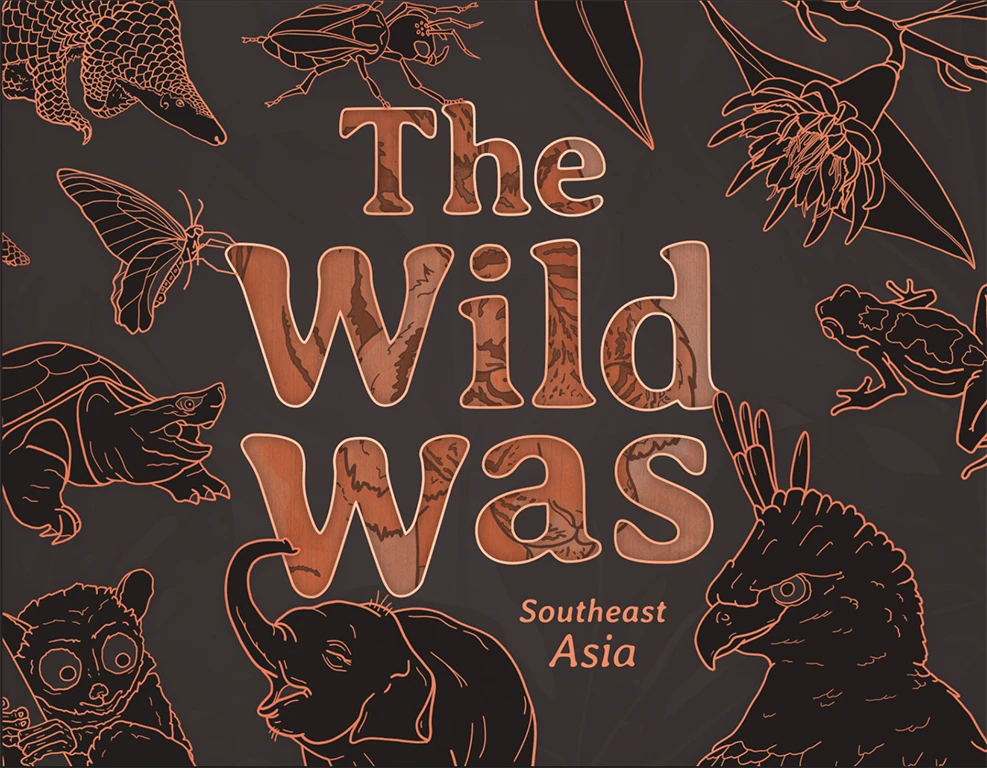
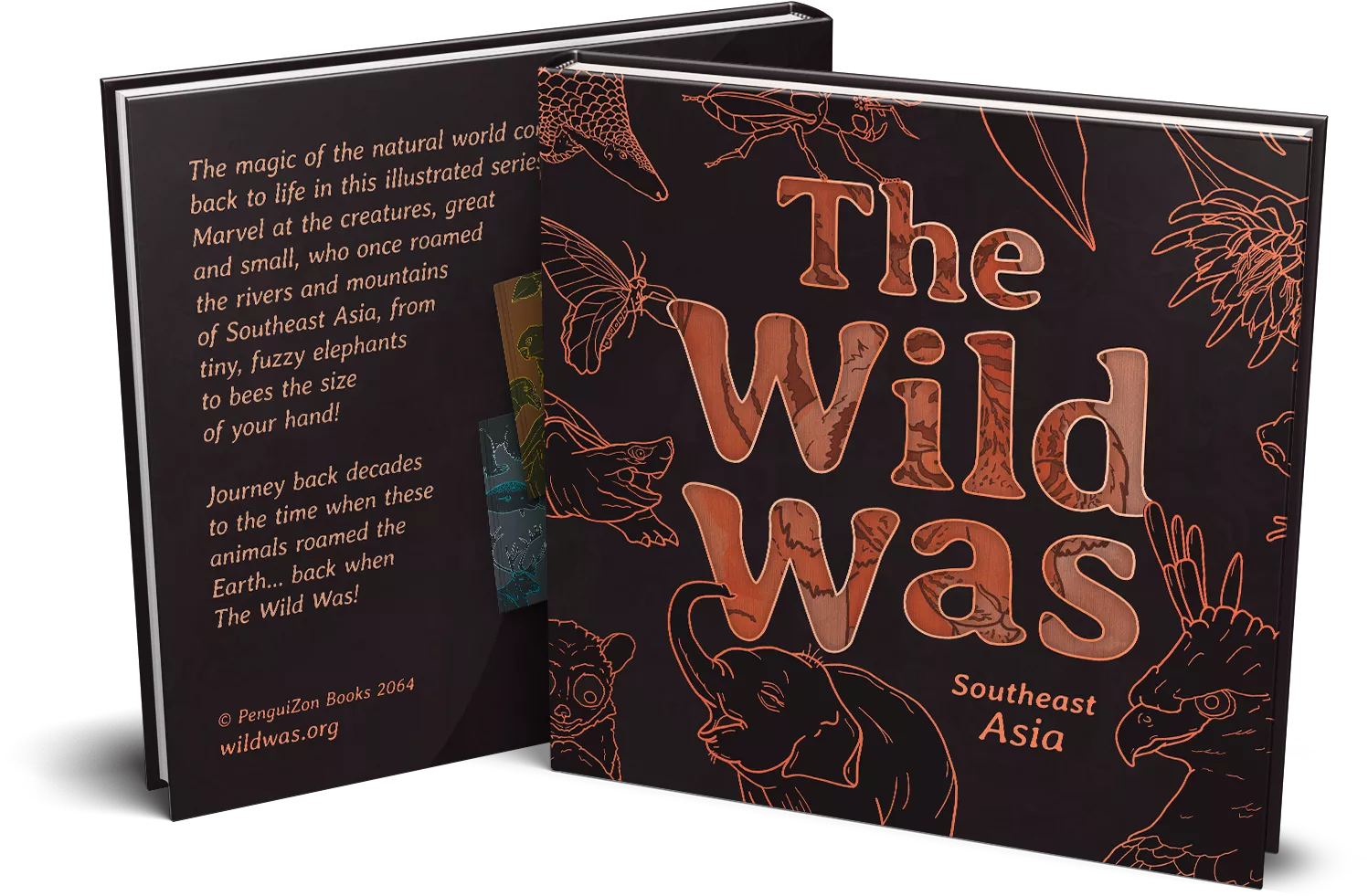
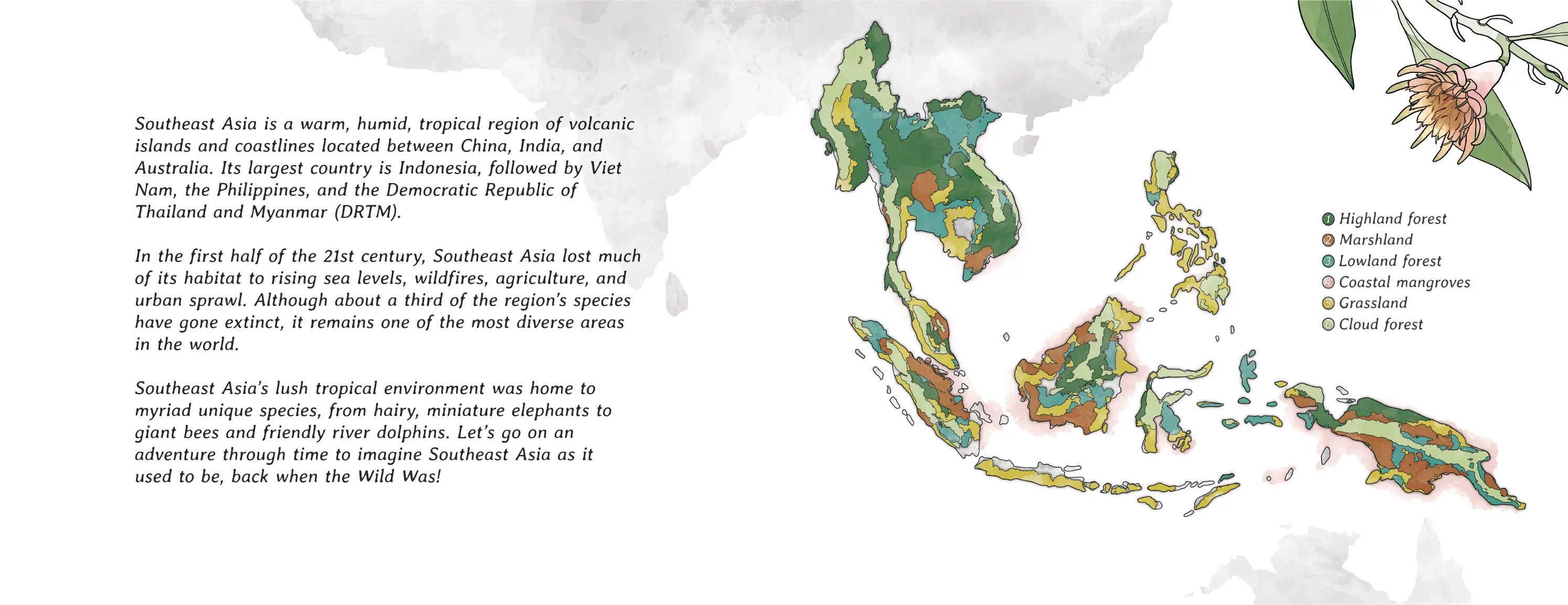
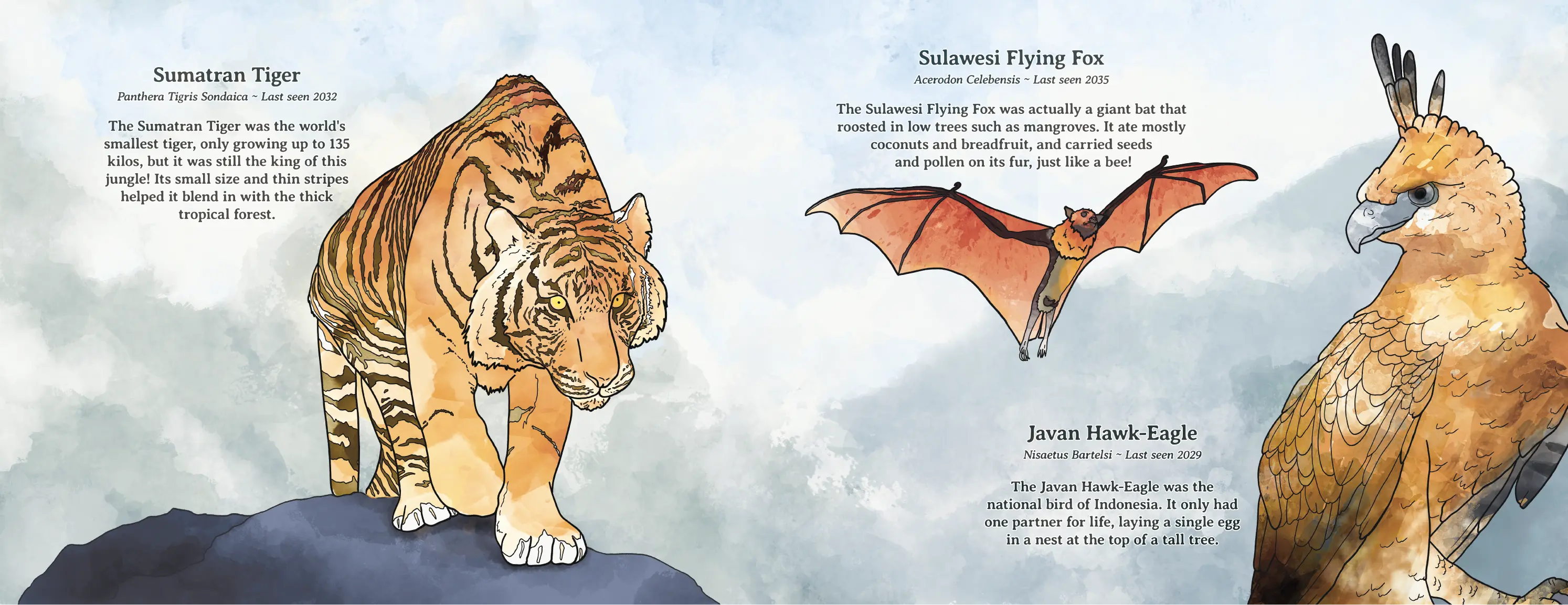
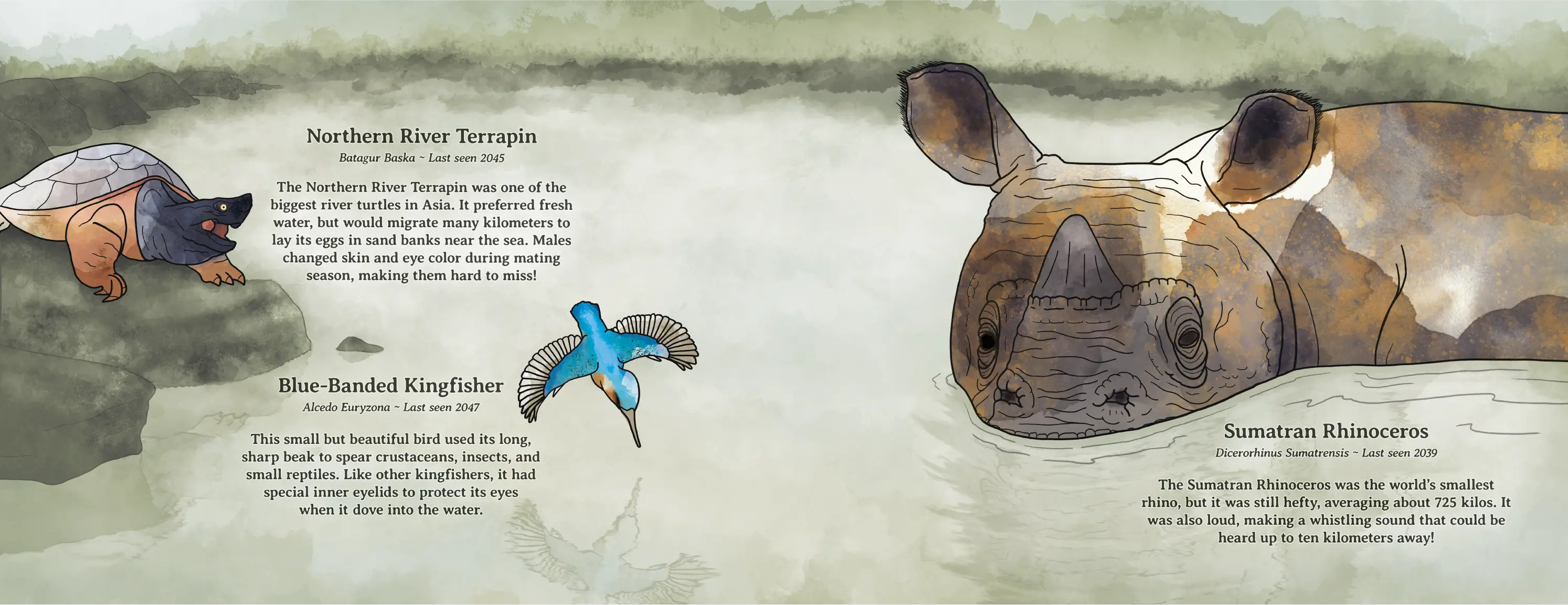
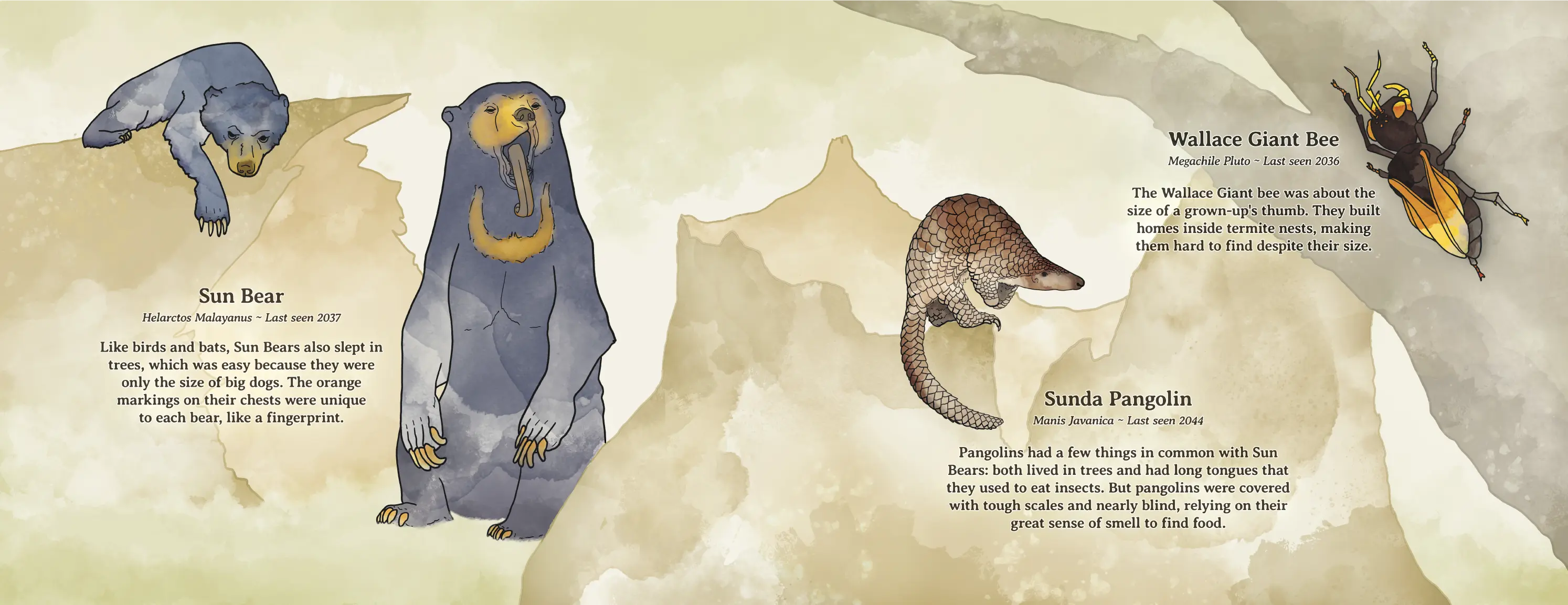
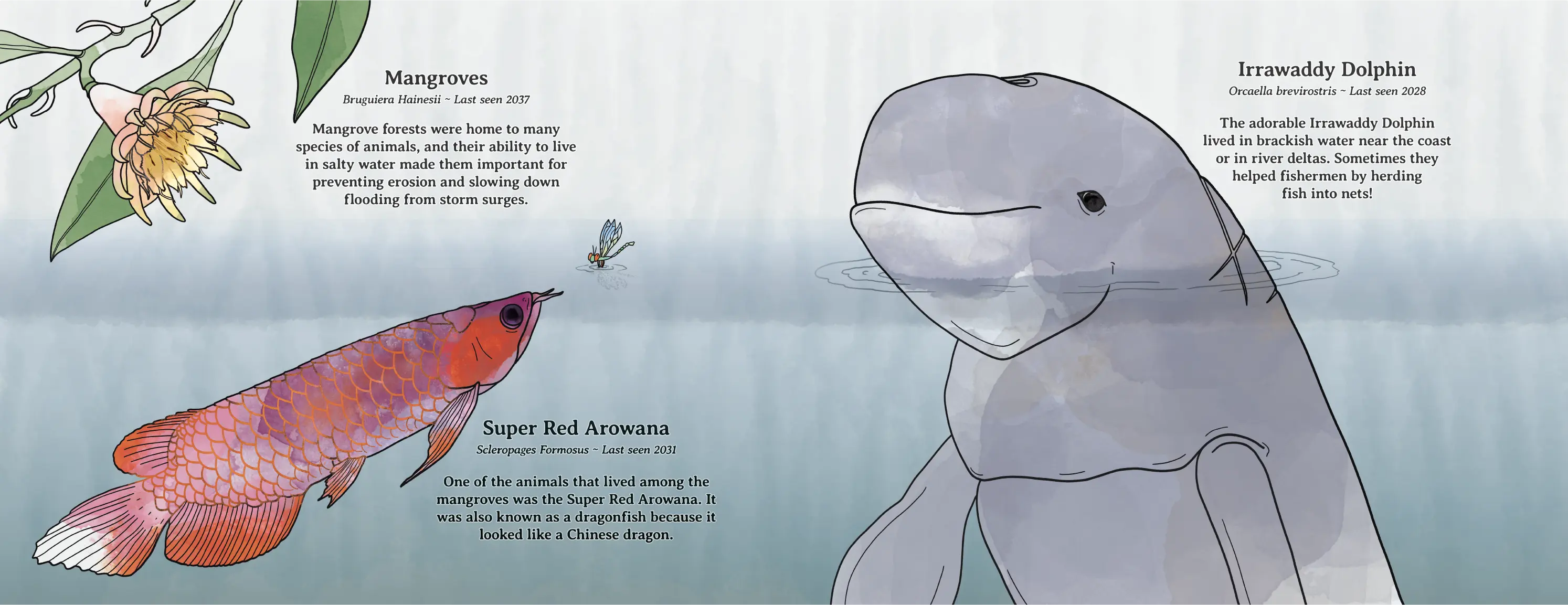
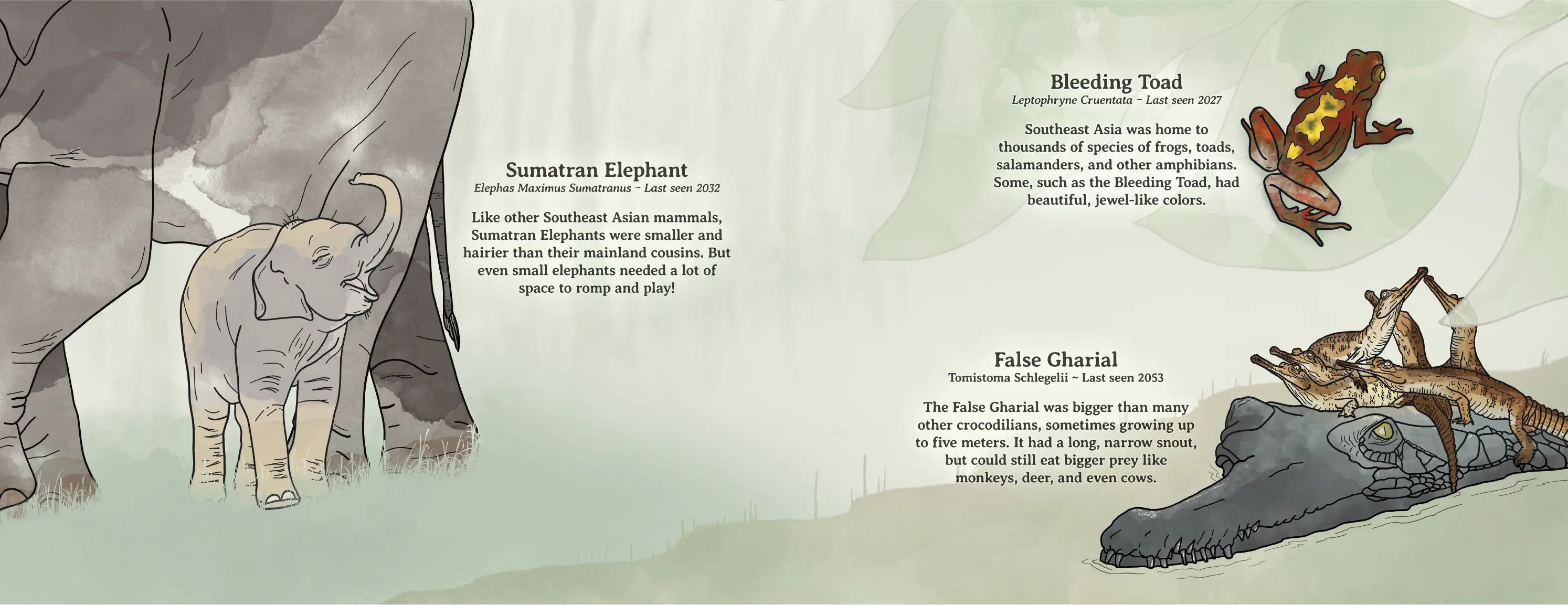
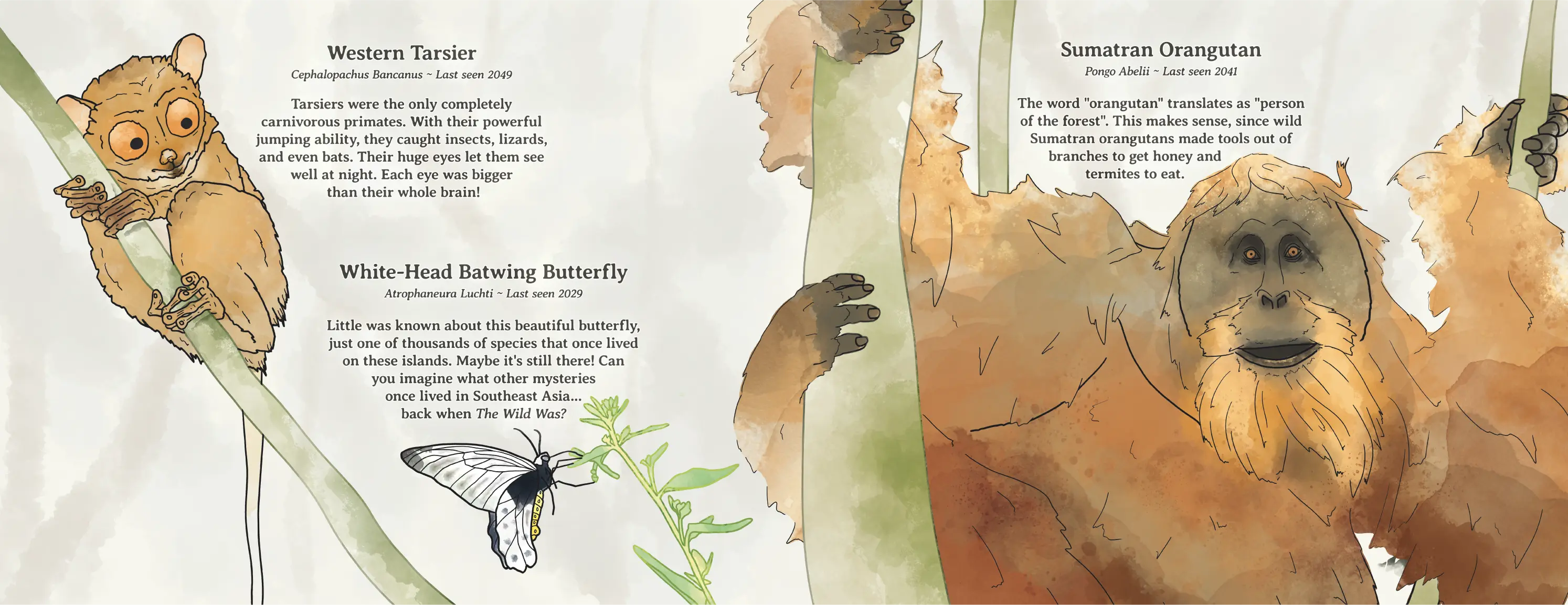
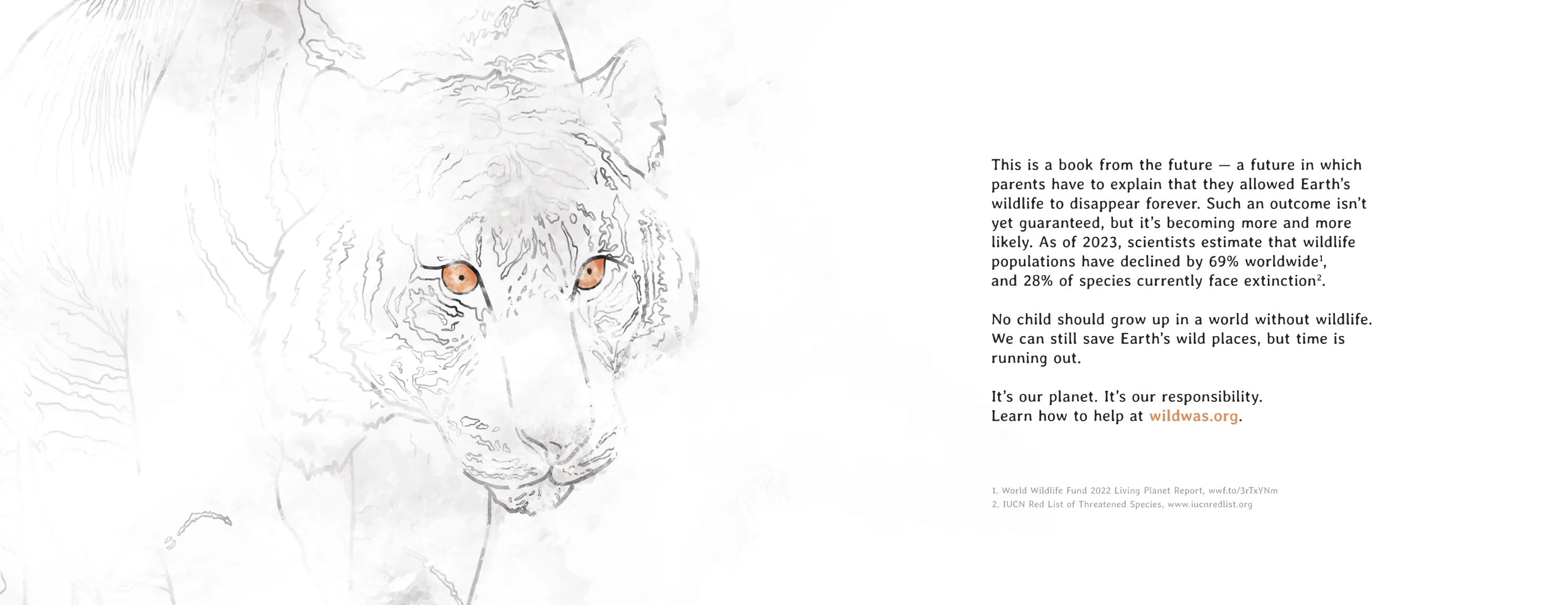
Suggested Interview Questions
- What inspired you to create a children's book about mass extinction?
- Why did you choose to set the book in the future, and how important was it to create a realistic-seeming artifact?
- The book's premise might be seen as quite heavy or dark for a children's book. Why did you choose that approach, and what have the reactions from parents been like?
- What was the collaboration process between M. A. Daross as the author and Elon Weiss as the illustrator?
- The book focuses on ecological regions in Southeast Asia. Why did you choose to highlight this specific part of the world?
- Your book aims to make the concept of mass extinction feel more concrete and personal for readers. How do you hope this approach will inspire action?
- What role do you think children's literature can play in raising awareness about environmental issues and inspiring the next generation of conservationists?
- Your book is a pro-bono project, with proceeds going toward wildlife preservation efforts. Can you tell us more about the organizations or initiatives you plan to support?
- Beyond reading your book, what actions would you encourage readers to take to help protect endangered species and their habitats?
- Have your own views on wildlife conservation and the urgency of the situation evolved during the process of creating this book?
- The back cover features images of other books in the series, but those books don't actually exist. What's that about?
- What do you hope readers, both children and adults, will take away from The Wild Was?
Visit wildwas.org for more information or to contact the team.